Fake Patek Philippe vs Real
Distinguishing between genuine and counterfeit Patek Philippe watches is crucial in today's luxury timepiece market. With Patek Philippe's stellar reputation and the prevalence of sophisticated fakes, buyers must be vigilant. This guide will help you identify authentic Patek Philippe watches, exploring key differences in craftsmanship, materials, and details that set genuine timepieces apart from even the most convincing replicas.
History of Patek Philippe Watches
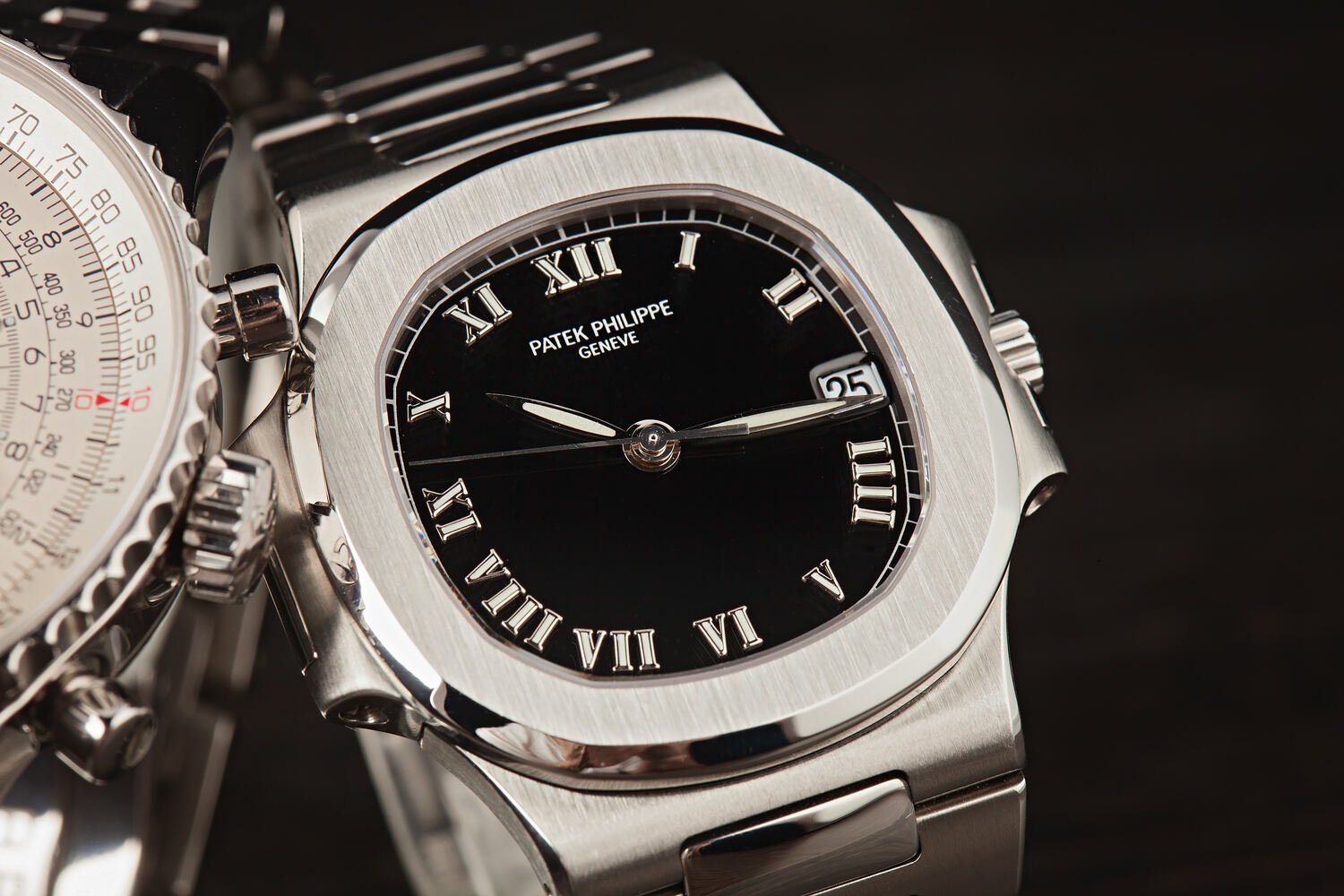
Patek Philippe's rich heritage dates back to 1839 when Polish watchmaker Antoni Patek and his Czech partner Franciszek Czapek founded the Patek Philippe company in Geneva, Switzerland. This partnership laid the foundation for what would become one of the most prestigious watchmaking brands in history. In 1845, Patek joined forces with French watchmaker Adrien Philippe, marking the birth of Patek Philippe & Co.
Throughout Patek Philippe history, the brand has achieved numerous milestones and created iconic models that have shaped the watchmaking industry. The brand introduced its first wristwatch in 1868 and patented the perpetual calendar mechanism for pocket watches in 1889. Notable models like the Calatrava (1932), the first perpetual calendar wristwatch (1925), and the Nautilus (1976) have cemented Patek Philippe's status as a horological pioneer.
Patek Philippe watches are highly coveted for their exceptional quality, innovative complications, and timeless design. The brand's commitment to traditional craftsmanship, combined with its limited production numbers, has made these timepieces not only symbols of luxury but also valuable investments that often appreciate over time.
Common Types of Fake Patek Philippe Watches
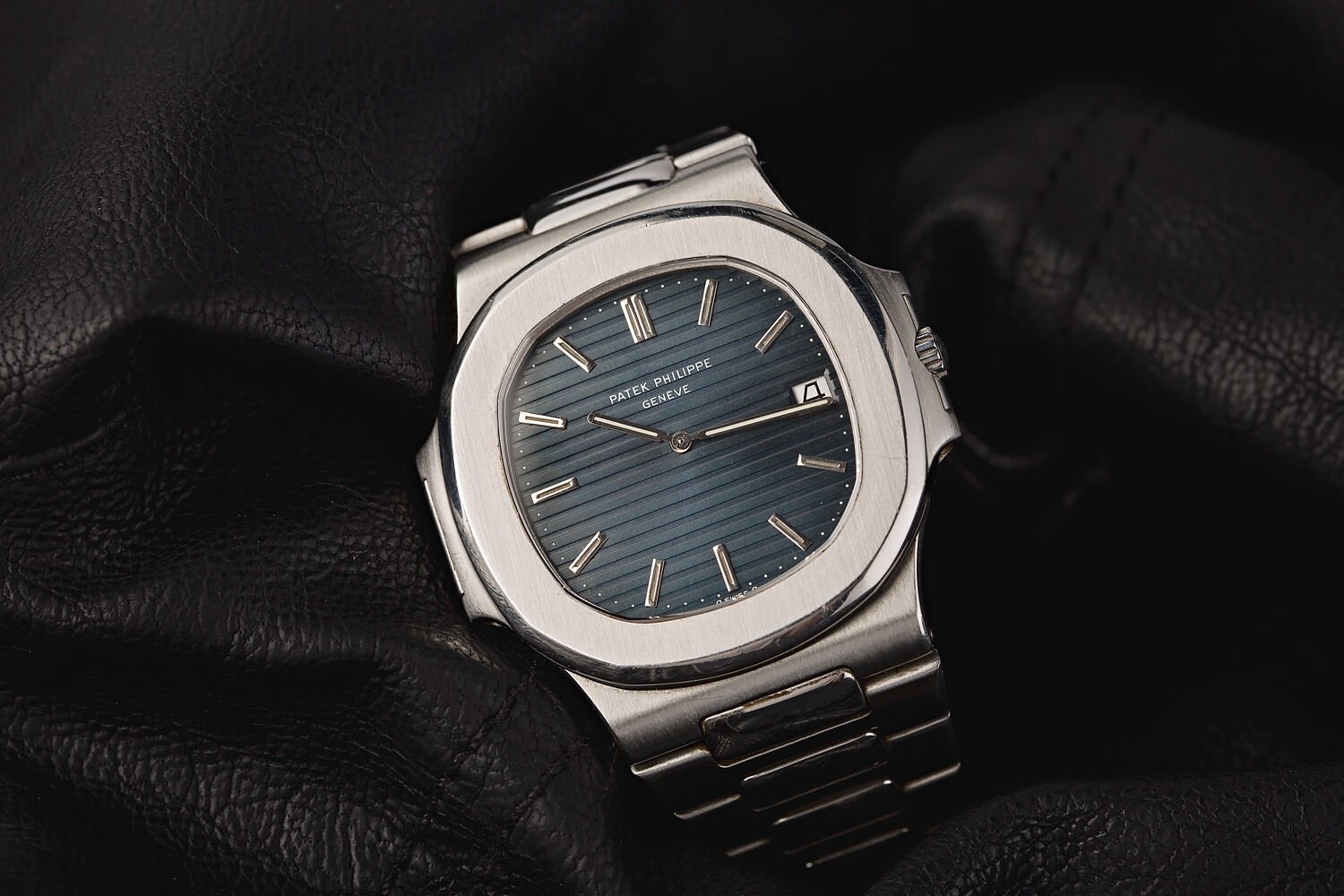
The world of counterfeit Patek Philippe watches is vast and varied, ranging from cheap knockoffs to sophisticated replicas. Low-quality fakes are often easy to spot, with poor craftsmanship, incorrect materials, and obvious visual discrepancies. These watches are typically mass-produced and sold at extremely low prices, targeting unsuspecting buyers looking for a bargain.
Higher-quality replicas, on the other hand, require more scrutiny to identify. These counterfeits may use better materials and attempt to mimic the genuine article's appearance more closely. Some may even incorporate automatic movements and try to replicate the weight and feel of an authentic Patek Philippe. However, they still fall short in many aspects, particularly in the fine details and overall quality.
In recent years, the term "super fakes" has emerged to describe the most sophisticated counterfeit watches. These replicas are produced with advanced manufacturing techniques and may use high-quality materials to closely resemble genuine Patek Philippe timepieces. Super fakes often require expert examination to distinguish from the real thing, making them particularly dangerous for collectors and enthusiasts.
The proliferation of these various types of fake Patek Philippe watches underscores the importance of thorough authentication when considering a purchase. Even experienced collectors can be fooled by high-quality replicas, making it crucial to be well-informed and vigilant when buying luxury watches.
Identifying a Fake Patek Philippe
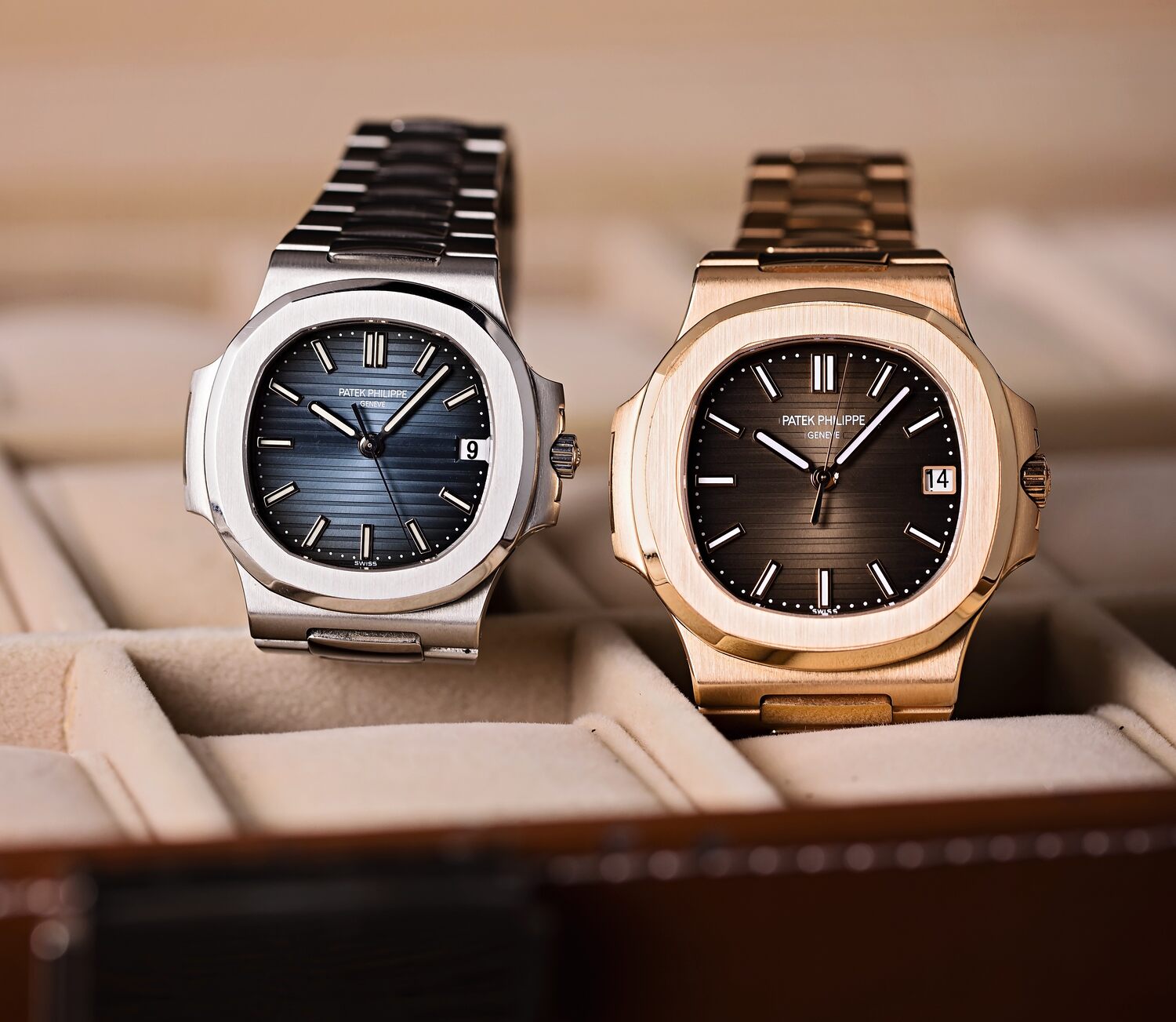
Distinguishing a genuine Patek Philippe from a counterfeit requires a keen eye for detail and knowledge of the brand's hallmarks. From price considerations to intricate craftsmanship details, several key factors can help you determine the authenticity of a Patek Philippe timepiece. For a comprehensive understanding of these factors and to stay informed about the latest models, it's advisable to also read our Patek Philippe review. Let's explore the most critical aspects to examine when authenticating these luxury watches.
Price Discrepancies
Many new collectors ask why is a Patek Philippe so expensive. Genuine Patek Philippe watches command premium prices, reflecting their exceptional quality and prestige. New models typically start at around $20,000, with many pieces fetching six or even seven-figure sums. Even pre-owned Patek Philippe watches maintain high values due to their rarity and collectability.
If you encounter a Patek Philippe watch offered at a price that seems too good to be true, it likely is. Significant discounts or unusually low prices for a Patek Philippe should immediately raise red flags. While occasional deals may exist in the secondary market, extreme bargains are almost always indicative of counterfeit watches.
Authentic Patek Philippe timepieces are investments that hold their value well. Be wary of sellers offering new models at substantial discounts or pre-owned pieces at prices far below market value. These are often telltale signs of counterfeit products.
Craftsmanship and Materials
Patek Philippe is renowned for its exceptional craftsmanship and use of premium materials. Genuine watches feature impeccable finishing, with every component meticulously crafted and assembled. The dials, hands, and indices are flawlessly executed, with crisp printing and perfect alignment.
Authentic Patek Philippe watches use high-grade materials throughout. Cases are typically crafted from precious metals like 18k gold or platinum, with some steel models in collections like the Patek Philippe Nautilus and the Patek Philippe Aquanaut. The sapphire crystals are of the highest quality, offering excellent clarity and scratch resistance.
Counterfeit watches often fall short in material quality and craftsmanship. Look for inconsistencies in finishing, such as rough edges, misaligned components, or inferior quality metals. Fake watches may use lower-grade stainless steel instead of precious metals, or mineral crystals instead of sapphire.
Weight and Feel
A genuine Patek Philippe watch has a substantial, well-balanced feel that reflects its high-quality construction and materials. The weight of precious metals used in most Patek Philippe cases contributes to this solid sensation. Even steel models have a precise heft that speaks to their superior craftsmanship.
When handling a Patek Philippe, you should notice a sense of quality and robustness. The watch should feel comfortable and well-balanced on the wrist, with smooth edges and a refined overall presence.
Fake Patek Philippe watches often feel noticeably lighter due to the use of cheaper, less dense materials. They may lack the solid, premium feel of an authentic timepiece. Pay attention to the overall weight and how the watch sits on your wrist – a genuine Patek Philippe will have a reassuring presence that's difficult to replicate.
Movement and Sound
The brand is celebrated for its exceptional in-house Patek Philippe movement, known for their precision, smooth operation, and beautiful finishing. When observing the movement through a transparent caseback, you should see exquisite decoration, including Geneva stripes, perlage, and polished bevels.
The seconds hand of a genuine Patek Philippe mechanical watch should move in a smooth, sweeping motion, typically at 4 Hz (28,800 vibrations per hour). This results in a fluid movement without noticeable ticking. The winding and time-setting mechanisms should feel smooth and precise.
Counterfeit watches often use lower-quality movements that may tick noticeably or move less smoothly. The sound of the movement can also be a giveaway – authentic Patek Philippe watches have a refined, quiet operation, while fakes may produce louder or rougher sounds when the rotor moves.
Engravings and Markings
Patek Philippe watches feature precise, crisp engravings and markings that reflect the brand's attention to detail. The Patek Philippe logo, model numbers, and other text on the dial should be perfectly executed with clean, sharp edges. Case engravings, including the Patek Philippe seal and reference numbers, should be deep and precise.
On the movement, look for the Patek Philippe signature, caliber number, and Geneva Seal (on qualifying models). These engravings should be finely executed and consistent with the watch's model and year of production.
Counterfeit watches often have flaws in their engravings and markings. Look for inconsistencies such as shallow or rough engravings, misaligned text, or incorrect font styles. Fake watches may also have misspellings or use incorrect terminology in their markings.
Serial and Model Numbers
Every genuine Patek Philippe watch has a unique serial number and a corresponding model (or reference) number. The serial number is typically engraved on the case at the 6 o'clock position, while the model number can be found on the case between the lugs at 12 o'clock.
These numbers are crucial for verifying the authenticity of a Patek Philippe watch. They should match the information provided on the watch's Certificate of Origin and can be cross-referenced with Patek Philippe's archives.
To verify these numbers, you can contact Patek Philippe directly or work with an authorized dealer. Be cautious of sellers unwilling to provide or verify these numbers, as this could indicate a counterfeit watch.
Documentation and Packaging
Authentic Patek Philippe watches come with comprehensive documentation and distinctive packaging. This includes a Certificate of Origin, which details the watch's specifications, serial number, and date of sale. Instruction manuals, warranty cards, and other model-specific documents should also be present.
Patek Philippe's packaging is of the highest quality, featuring finely crafted wooden boxes with the Patek Philippe logo. The interior should be lined with premium materials and include specific compartments for the watch and its documentation.
Counterfeit watches often lack proper documentation or come with poorly reproduced paperwork. The quality of fake packaging is usually inferior, with cheaper materials and less attention to detail. Be wary of inconsistencies in the documentation or packaging that doesn't match the purported age of the watch.
Case Studies: Real vs Fake Patek Philippe Models
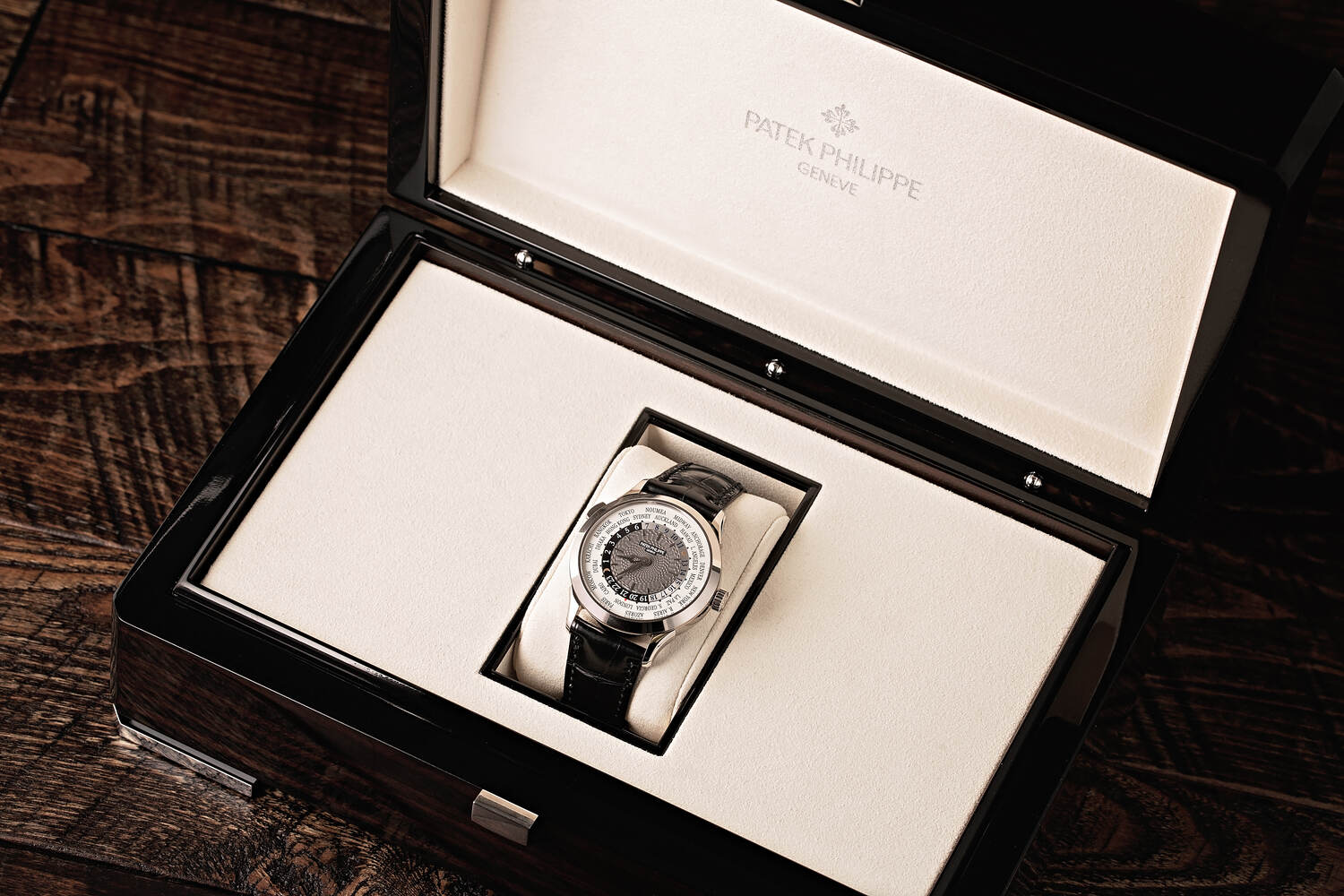
To better understand the differences between genuine and counterfeit Patek Philippe watches, let's examine some popular models and highlight specific features that distinguish the real from the fake. This comparative analysis will focus on three iconic Patek Philippe collections: the Nautilus, Patek Philippe Calatrava, and Aquanaut. By closely examining these models, you'll gain valuable insights into the nuances of authenticating Patek Philippe timepieces.
Patek Philippe Nautilus
The Nautilus, introduced in 1976, is one of Patek Philippe's most recognizable models. Genuine Nautilus watches feature a distinctive porthole-inspired case with perfectly integrated bracelet links. The dial's horizontal embossed pattern should be crisp and uniform. Pay close attention to the quality of the applied hour markers and the precise execution of the date window.
Counterfeit Nautilus watches often struggle to replicate the complex case shape and bracelet integration. The dial pattern may be less defined, and the overall finish of the watch typically lacks the refinement of the genuine article. The movement visible through the caseback of a real Nautilus will be exquisitely finished, while fakes may have undecorated or poorly finished movements.
Patek Philippe Calatrava
The Calatrava, Patek Philippe's quintessential dress watch, is known for its elegant simplicity. Authentic Calatravas exhibit flawless dial execution with perfectly applied indices or numerals. The case proportions should be harmonious, with a slim profile and smooth, polished surfaces.
Fake Calatravas may have inconsistencies in dial printing, less refined case finishing, or incorrect proportions. The quality of the hands and indices is often a giveaway, with counterfeits lacking the precision and fine details of genuine Patek Philippe watches. Additionally, the movement visible in manual-winding Calatravas should display exceptional finishing, a feature often absent in replicas.
Patek Philippe Aquanaut
The Aquanaut, a sportier offering from Patek Philippe, features a distinctive "tropical" strap and a geometric dial pattern. Genuine Aquanauts have a seamless integration between the case and strap, with the dial pattern perfectly aligned. The luminous material on the hands and hour markers should be evenly applied and match in color.
Counterfeit Aquanauts often struggle with replicating the precise geometric dial pattern and the high-quality finish of the case. The integration between the case and the composite strap is a challenge for fakes, often showing gaps or misalignment. Pay close attention to the quality of the crown guards and the finish of the bezel, as these are areas where counterfeits frequently fall short.
The movement in a genuine Aquanaut, visible through the sapphire caseback, should display the same level of exquisite finishing as other Patek Philippe models. Fake Aquanauts may have inferior movements with poor decoration or incorrect caliber designs. Additionally, the water resistance of genuine Aquanauts is rigorously tested, while counterfeits often lack proper sealing, compromising their claimed water resistance.
Detailed Comparison of Genuine and Counterfeit Features

When comparing genuine and counterfeit Patek Philippe watches, several key areas consistently reveal the truth. On authentic pieces, the quality of the dial printing is impeccable, with crisp text and logos. Fake watches often show blurry or inconsistent printing. The hands on genuine Patek Philippe watches are precisely crafted with perfect proportions, while counterfeits may have rough edges or incorrect shapes.
The case and bracelet construction of genuine Patek Philippe watches showcases superior craftsmanship. Edges are sharp and well-defined, and there should be no visible gaps between components. Counterfeit watches often have less refined case work, with visible machining marks or poor finishing. The weight and balance of the watch can also be telling, with genuine pieces feeling more substantial and evenly distributed.
Another critical area of comparison is the movement itself. Genuine Patek Philippe movements are works of art, featuring exquisite finishing techniques such as Côtes de Genève, perlage, and anglage. The bridges and plates are beautifully beveled and polished, while screws are often heat-blued to a deep, consistent color.
Counterfeit movements, even in high-end replicas, rarely match this level of finishing. They may attempt to mimic some decorative elements, but close inspection often reveals inconsistencies in the quality and execution of these finishes. Additionally, the precision and complexity of genuine Patek Philippe complications are extremely difficult to replicate, making the functionality and accuracy of these features a key indicator of authenticity.
Conclusion
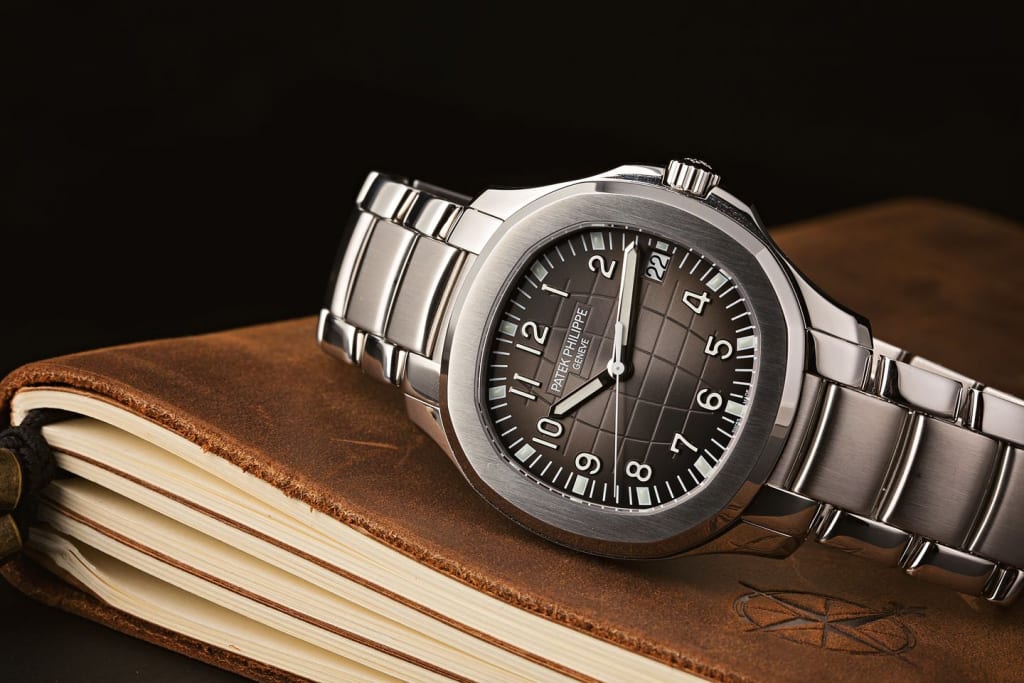
Verifying the authenticity of a Patek Philippe watch is crucial for any potential buyer or collector. The prevalence of sophisticated counterfeits in the market makes it essential to be well-informed and vigilant. By understanding the key indicators of genuineness – from price considerations to intricate details of craftsmanship – you can better protect yourself from falling victim to fraud.
When purchasing a Patek Philippe watch, always buy from authorized dealers or highly reputable secondary market sellers. If considering a pre-owned piece, insist on seeing all original documentation and packaging. Don't hesitate to have the watch authenticated by an expert if you have any doubts. Remember, the peace of mind that comes with owning a genuine Patek Philippe is well worth the extra effort in verification.
Ultimately, while this guide provides valuable insights, nothing replaces the expertise of trained professionals. If you're serious about acquiring a Patek Philippe timepiece, we encourage you to consult with authorized Patek Philippe dealers or respected watch experts. At Bob's Watches, we're always here to help you navigate the world of luxury timepieces and ensure you make an informed, confident purchase.
With over two decades of experience in the luxury watch industry, the Bob's Watches Editorial Team stands at the forefront of watch expertise and insight. Our team, composed of seasoned watch enthusiasts, skilled horologists, and knowledgeable industry insiders, is dedicated to bringing you the latest and most accurate information in the world of luxury timepieces. We pride ourselves on our meticulous attention to detail and our unwavering commitment to authenticity. Our editorial content is a reflection of our passion for luxury watches and our dedication to providing our readers with comprehensive, unbiased, and up-to-date information. Our expertise spans a wide range of topics, including in-depth reviews of the latest models, historical retrospectives of iconic timepieces, and insightful analyses of market trends. We are also renowned for our detailed guides on watch maintenance and investment advice, making us a trusted resource for both seasoned collectors and new enthusiasts alike. As thought leaders in the watch industry, we understand the importance of staying ahead of the curve. That's why we continually update our knowledge and skills, ensuring that our readers receive the most current and relevant information. Whether you're seeking advice on your next luxury watch purchase or looking to deepen your understanding of watch craftsmanship, the Bob's Watches Editorial Team is here to guide you.